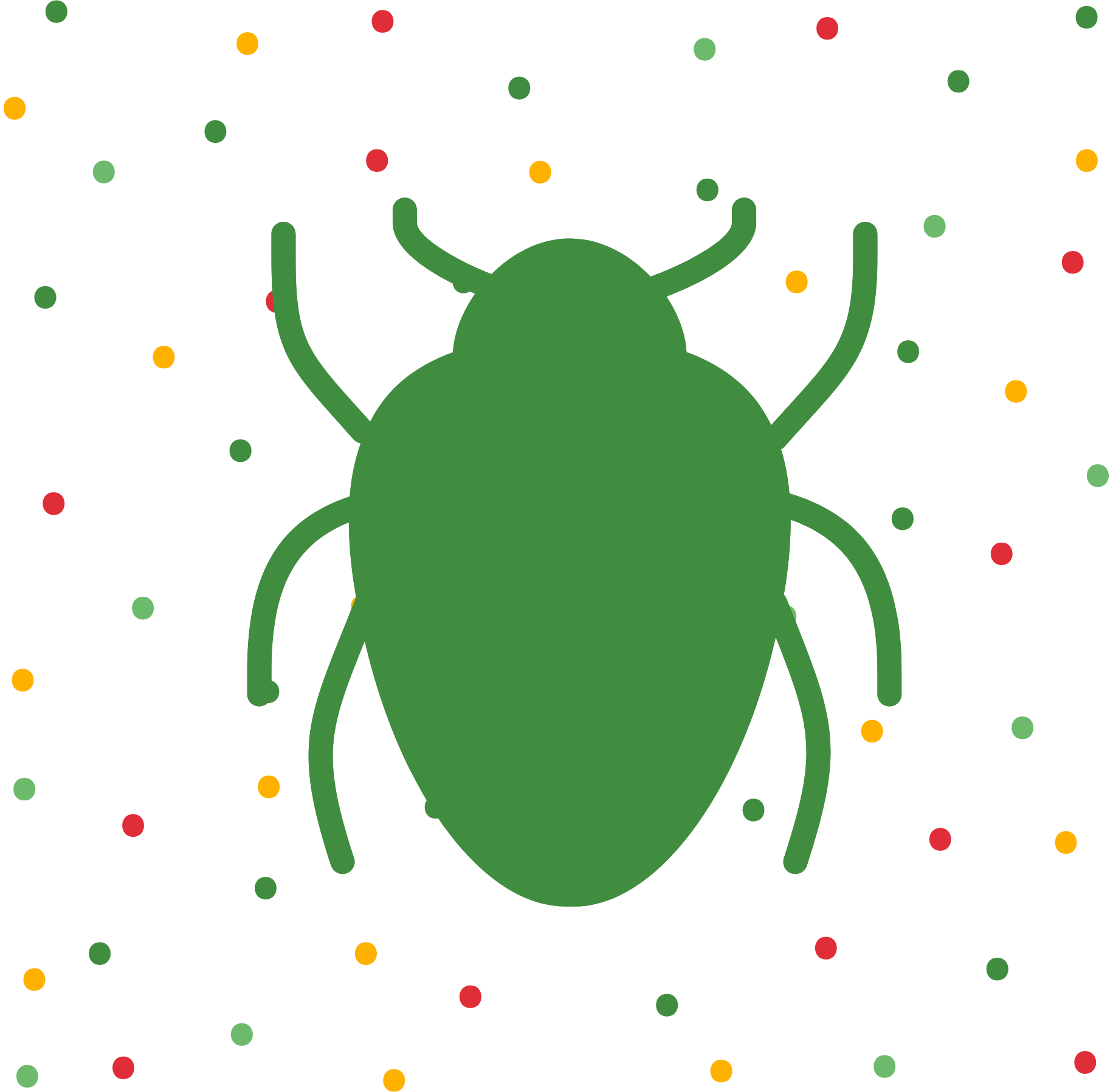Tick control and tick spraying services in Connecticut by Tick and Turf are professional services offered to help homeowners and property managers reduce the population of ticks in outdoor areas. Preventing ticks in your yard involves creating an environment that is inhospitable to ticks and their hosts. Here are some effective strategies:
Landscaping and Yard Maintenance in Connecticut
- Mow the Lawn Regularly: Keep your grass short, as tall grass provides a favorable environment for ticks.
- Trim Trees and Bushes: Clear overgrown vegetation and trim tree branches to allow more sunlight to enter, reducing tick habitats.
- Remove Leaf Litter and Debris: Rake up leaves, and clear away brush and debris where ticks can hide.
- Create a Barrier: Use wood chips, gravel, or mulch to create a barrier between your lawn and wooded areas, which can help prevent ticks from migrating into your yard.
- Plant Tick-Repellent Plants: Consider planting tick-repellent plants such as lavender, rosemary, marigolds, and lemongrass.
Tick Control Products in Connecticut
- Tick Tubes: These are biodegradable tubes filled with treated cotton that mice use to line their nests. The insecticide on the cotton kills ticks that feed on the mice.
- Pesticide Treatments: Use environmentally safe pesticides to treat areas where ticks are commonly found. Consult with a professional for the best products and application methods.
- Nematodes: Beneficial nematodes are microscopic worms that can be sprayed on your yard to kill tick larvae and nymphs.
Wildlife Management
- Deter Deer: Install fencing or use deer repellents to keep deer, which often carry ticks, out of your yard.
- Control Rodents: Keep your yard clean and free of rodent habitats by sealing garbage cans, removing bird feeders, and blocking off entry points to sheds and garages.
Yard Design and Maintenance in Connecticut
- Create Tick-Safe Zones: Designate areas for play and recreation that are well-maintained and away from the edges of the yard and wooded areas.
- Install Hardscaping: Use patios, decks, and paved paths to reduce tick habitat and create tick-free zones.
- Water Management: Ensure proper drainage to avoid creating moist environments that ticks thrive in.
Tick Control Treatments in Connecticut
- Create Pet-Free Zones: Keep pets out of tick-prone areas, especially during peak tick season.
- Pet Treatments: Regularly treat pets with veterinarian-recommended tick preventatives to reduce the chance of ticks being brought into the yard.
Monitoring and Maintenance
- Regular Inspections: Conduct regular checks of your yard for ticks by dragging a white cloth over the ground. Ticks will cling to the cloth, making them easier to spot.
- Prompt Action: If you find ticks, take prompt action by treating the area and continuing with preventive measures.
By implementing these strategies, you can significantly reduce the presence of ticks in your yard and create a safer environment for your family and pets.
Tick and Turf can tailor the tick control treatment to specific tick species and environmental conditions, ensuring maximum effectiveness and minimizing any potential risks. Additionally, integrated pest management (IPM) practices may be incorporated into the program to focus on long-term prevention and reducing tick habitats in and around the treated area.

